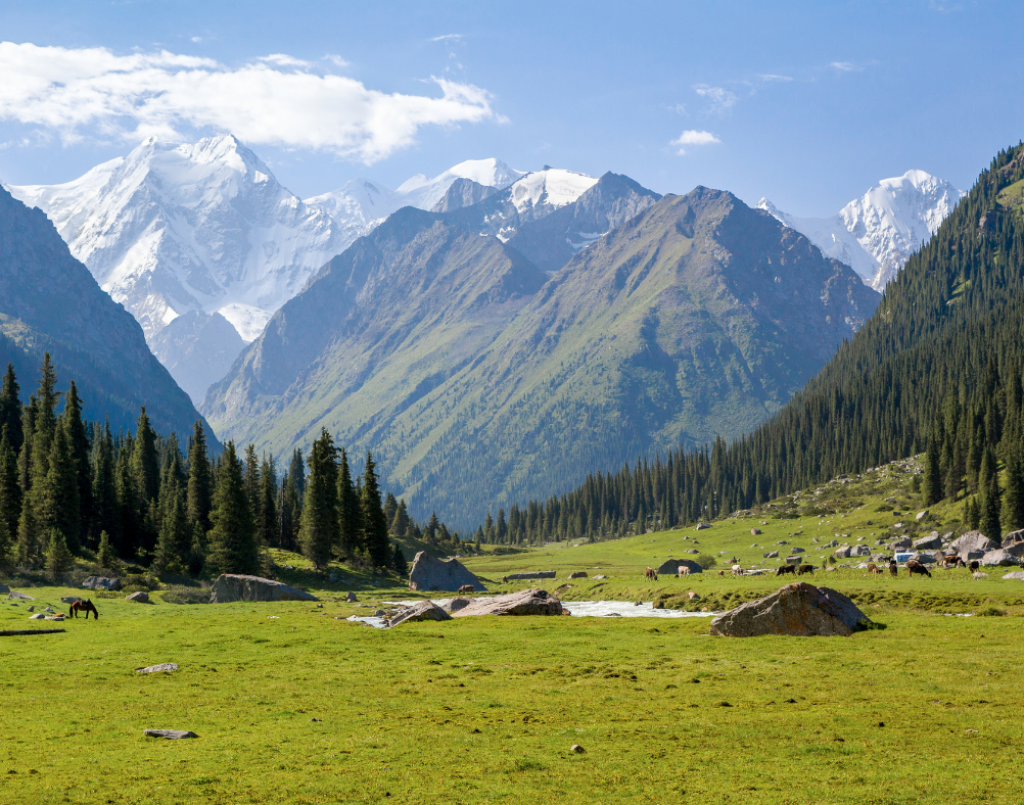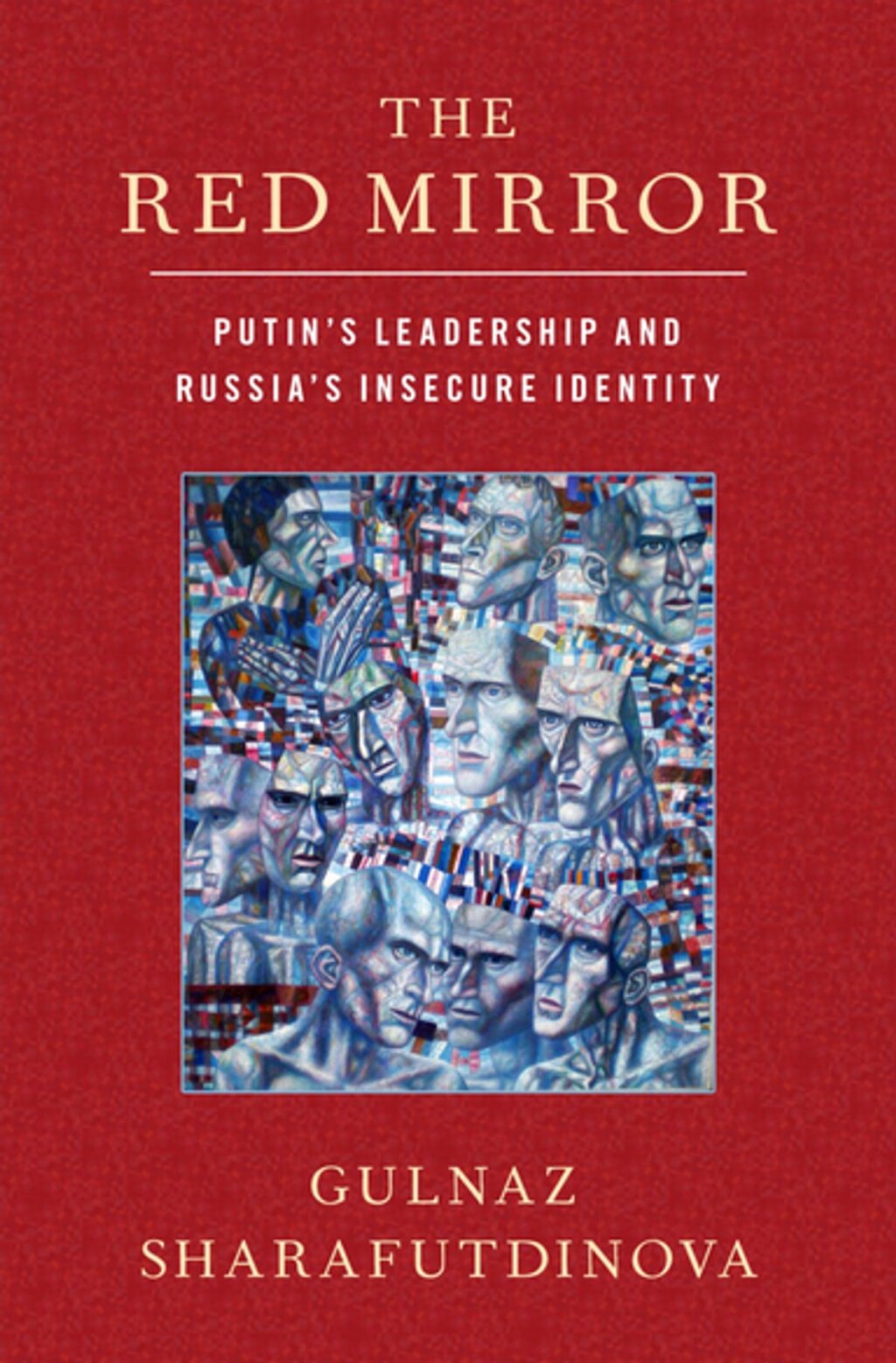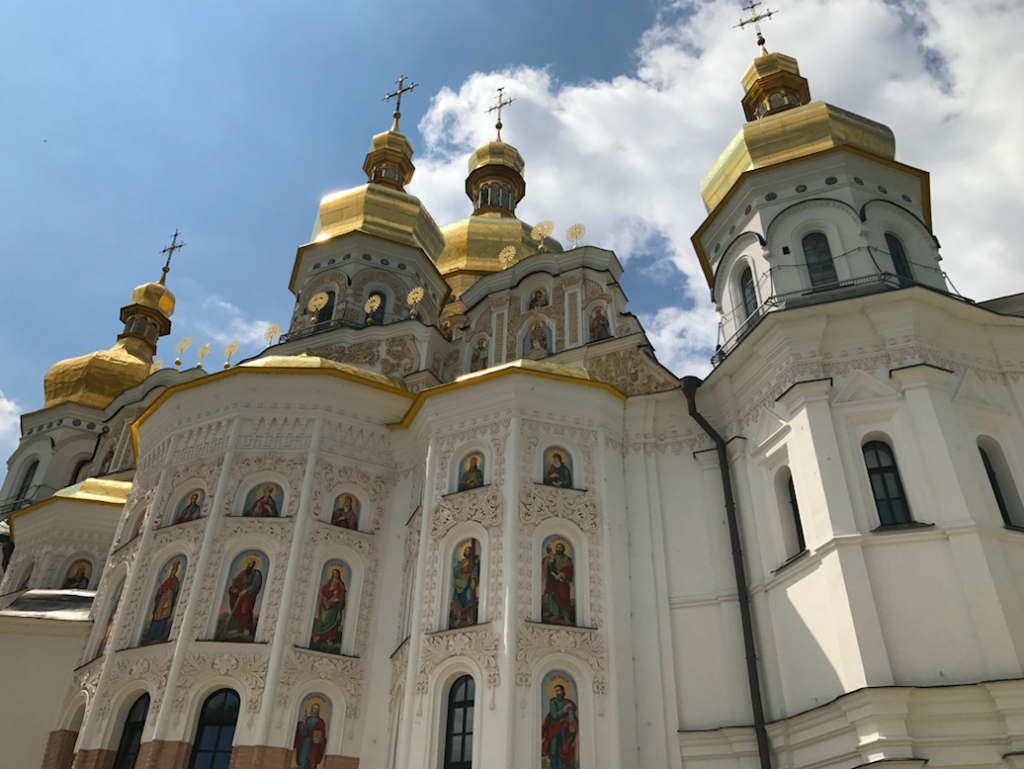The Jordan Center stands with all the people of Ukraine, Russia, and the rest of the world who oppose the Russian invasion of Ukraine. See our statement here.
This post features a Judges' Choice entry in the Jordan Center Blog's third annual Graduate Student Essay Competition.
Chutong Liu is a second-year doctoral student in Comparative Literature at the University of Oregon. Her research interests include nineteenth-century Russian Realism, early twentieth-century Chinese literary thought, and contemporary ballet adaptations of Russian classics.
In the twentieth century, territories that are now invisible once possessed different names and identities. Within borderlines that have since disappeared from the maps, people spoke languages they thought of as their own. History repeats itself just as people build families and, in the name of love, bequeath them their names. Places like the Uzbek Soviet Socialist Republic seem not yet too distant from us. Writers and poets born in the Soviet Union never stopped writing, and scholars whose talents and ideals were nurtured in Soviet-era Central Asian institutions continue to influence generations of students. It is likely that in the memories and nostalgia of some, the attention to Central Asia’s “southernness” is not as intense as it has become in academia. Even among scholars, this relatively new concept still faces debate and scrutiny.
While there have been studies that classify Central Asia as part of the Global North in light of its previous, Soviet affiliation, a growing body of scholarship discusses various facets of its “southernness” given the region’s history of dependence and subalternity. The dilemma in Central Asian Studies stems not only from the region’s classification with the “Second World” until 1991, but also from the fact that its complicated relations with “great” powers have made it an outlier in twentieth-century postcolonial discourse. In other words, while its foundations, both in terms of industrial resources and ideology, are hardly detached from the influence of Soviet era, Central Asia is increasingly in need of its own renovation and redefinition, namely, a de-Sovietization. However, the concept of “South” is constantly being deconstructed, questioned, and modified. Rather than a purely geopolitical expression, it has now become an interdisciplinary notion that is both culturally and linguistically relevant. For Bishkek-based researcher Shairbek Dzhuraev, for instance, the concept of the Global South offers a productive framework for discussing the region’s past and present. As scholars and commentators reinvent our understanding of the “south,” the question of Central Asia’s position vis-à-vis the “north” may be reformulated around individual “southern” features.
Scholars of the Global South tend to agree that “South” is a relational rather than a locational term. The fact that Central Asia represents a geographically sizable but politically far smaller territory than some of its neighbors certainly reflects this feature. At the same time, Central Asia’s role in international relations and its geographical location are mutually dependent. In The New Continentalism (2012), Kent E. Calder describes the position of Central Asia as strategic yet landlocked. Although states in the region are resource-rich and have a natural commercial interest in transit access to international markets, their landlocked geography has amplified infrastructural dependence on access routes through Russia and thus limited their geopolitical leverage. Scholars regard Central Asia’s dependence on and subalternity with respect to Russia as another indication of its “southernness.” Such dependence is reflected in a status quo that borrows heavily from the Soviet past, posing a challenge to social and economic reform and the building of democracy.
After gaining independence, the Central Asian republics faced a necessary transformation aimed at replacing Soviet structures with market values imported from the West. To moderate internal problems left by the Soviet economy, political leaders used the privatization of state property as the first step in market reform. For peace and development specialist Frederick Lamy, the set of corrupt informal practices known as blat are one problematic legacy of the Soviet period in Central Asia. According to Lamy, although Central Asia’s informal networks and underground economies appear to have reoriented blat around money rather than goods, the underlying structure is effectively Soviet—as are its effects, including the promotion of regime stability. In other words, Soviet problems still plague Central Asia’s economy and development, albeit in slightly different form than before.
The Soviet legacy influenced not only the economic transition, but also the formation of national identity in Central Asia. In an effort to disconnect their respective nations from their Soviet past, the political elites of Uzbekistan, Turkmenistan, and Kazakhstan oversaw the creation of a mythical ethnic heritage consisting of pseudo-historical symbols of glorified empires. Political scientist Diana T. Kudaibergenova has argued that such projects helped leaders avoid political crises by crafting a moderate form of national identity that does not necessarily devolve into extreme nationalism. For Kudaibergenova, one explanation for the popularity of empire-glorifying mythologies in Central Asia is the Soviet education of those who produce them: not only does the imperial model represent a familiar pattern, but these leaders remain bound to the norm of using state machinery for their own benefit.
These political realities were already challenging in late socialism and have become even more difficult to tackle after the dissolution of the USSR. Central Asia faces, on the one hand, the task of re-shaping its own national identities and, on the other, the difficulty of defining their position on the world stage. The coexistence of internal barriers and external constraints makes Central Asia one of the territories that reflect and experience the interlinked nature of today’s world, where the most historically “natural” political practices no longer accord with international norms. A conceptually abstract “southernness” is essential to teasing out how national identity relates to global geopolitics (and vice-versa), as well as to exploring possible future directions for Central Asian nations.
Considering Central Asia as “southern” in a limited sense, without prescriptivism, foregrounds the region’s cultural and ideological independence while emphasizing its role in constructing a democratic globe. Central Asian Studies is still considered a relatively young discipline, so its relationship to the Global South is a work in progress rather than a solidified trend. Yet as notions of relation, interaction, and social dynamics are now tending towards the non-territorial, a novel understanding of global solidarity also turns to an openness where Central Asia is likely to find its place within an inclusive, never-finalized dialogue with the world in its entirety.



